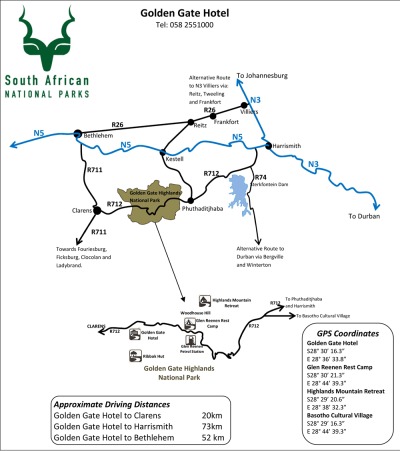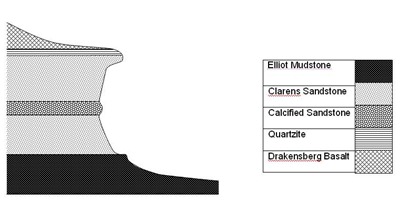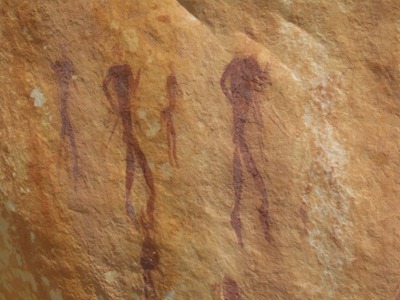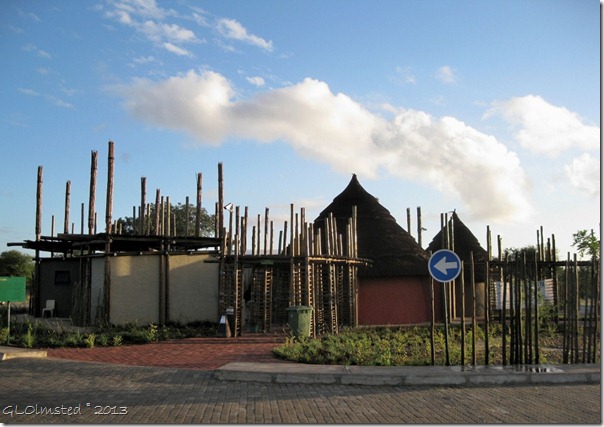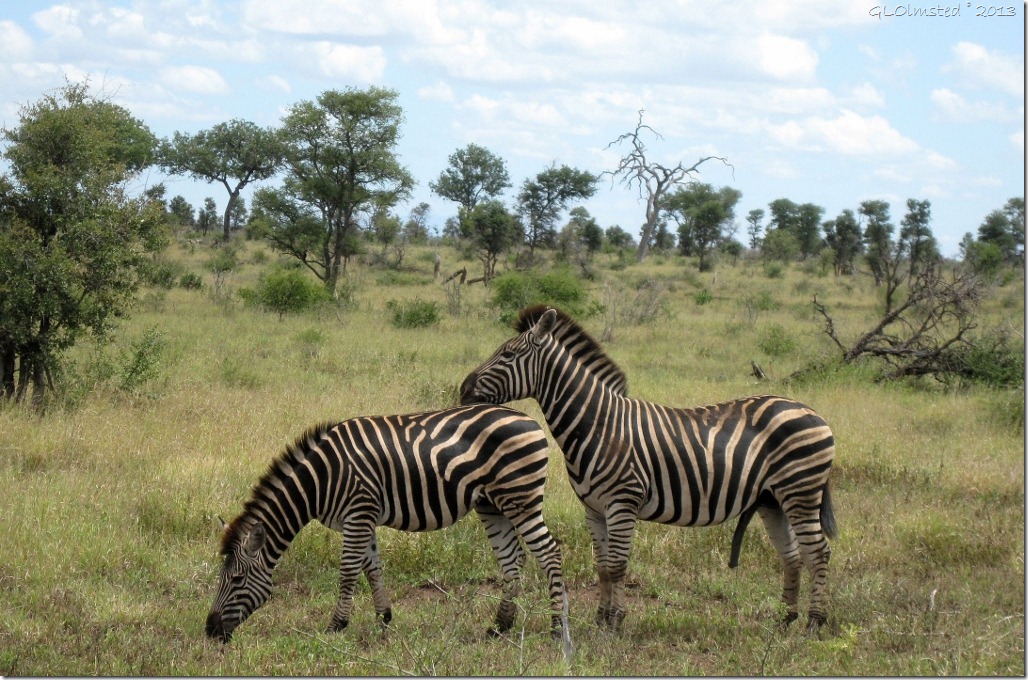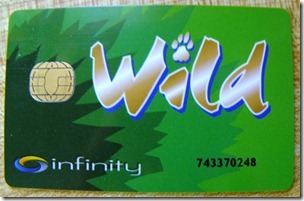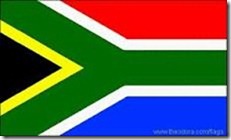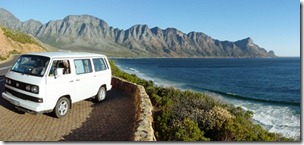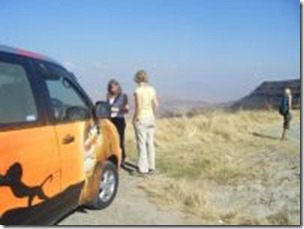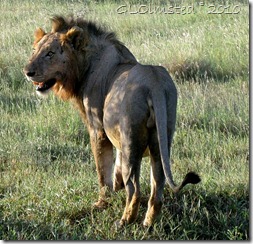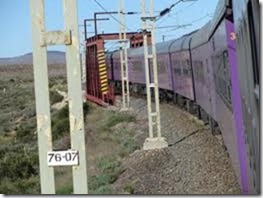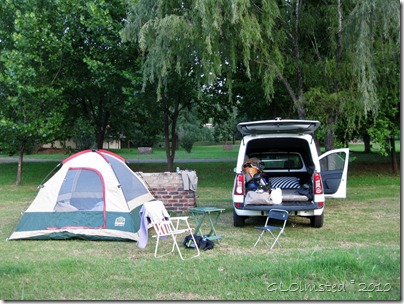All national parks offer something different, and Golden Gate Highlands National Park in the Free State of South Africa may not have the Big 5 but is abundant in wildlife, birds, grasslands and towering sandstone cliffs full of geologic and cultural wonders.
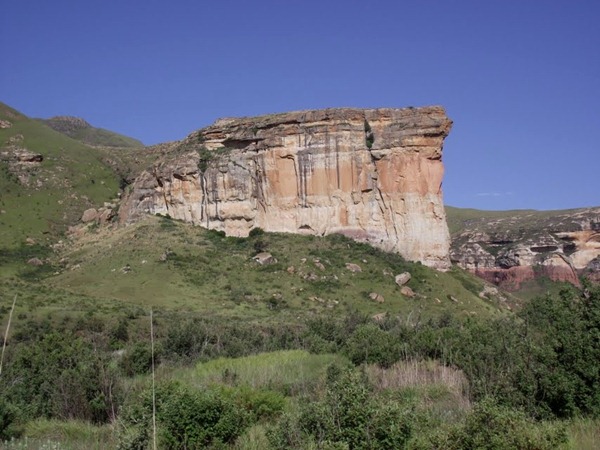
And it’s one of many national parks I’ll be visiting. I’m a national park junkie because I believe that saving and protecting places of natural and cultural importance is for now and forever. I can see staying at Golden Gate Highlands for several days as there is much to see and do. Located on the northern border of Lesotho in the Maloti Mountains with the Drakensberg Mountains to the south this is one of the smaller protected areas in the country and one of the highest too. Why is it that so many parks have been created because of the biggest, tallest, oldest or deepest something?
Geology
Golden Gate National Park got its name from the high sandstone cliffs which glow in the late afternoon sun. That means I have to catch sunset there, hopefully more than once. And although not a geologist I am fascinated by the processes that create massive landscapes and try to learn a little ahead of a visit then put that story in my mind.
The bottom red layer, Elliott mudstone, was created 200 million years ago when swampy rivers deposited a mud-like sediment. 196 million years ago, the area dried up and became a desert with sand dunes resulting in the yellow Clarens sandstone. Over the years, water moving through the sandstone caused a buildup of calcium carbonate in some layers which cemented the sand particles into the harder rock of Calcified Sandstone. The heat and pressure of molten lava from 160-190 million years ago during volcanic activity cooked the sandstone layer beneath turning it into quartzite. Then rivers and streams carved through the layers of rocks to reveal the formations present today.
Wildlife
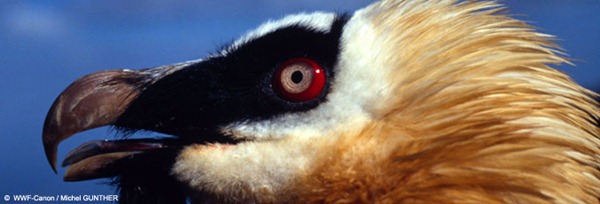
Mineral rich soil from the eroded rocks allowed vast grasslands on this high plateau which provides for many grazing animals like the zebra, wildebeest, eland, hartebeest and oribi. I sure hope to see and photograph not only the mammals but the rare bearded vulture and endangered bald ibis. I’m taking a small field guide along in the hopes of identifying these unknown creatures.
Plus the fossil evidence of Massospondylus dinosaurs from 100 million years prior to other discoveries reveals at least 10 nesting sites with eggs and baby dino footprints. How cool is that.
Cultural history
Rock-art found near some of the many caves indicate people living here 1000s of years ago known as the Khoisan or Bushman. During the early 1800s when European farmers arrived the Bushman left. Then war ensued throughout the next century and into the 1900s during the Anglo-Boer wars ending with British victory in 1910. In 1962, the government bought Golden Gate and handed the land over to the National Parks Board.
Today the park plays an important social-economic role in the area. It lies between the town of Clarens where wealthy Johannesburg residence come to spend their weekends, and Qwa-Qwa one of the poorest areas in the country. So the park helps create jobs through tourism, activities and development projects.
Things to do and places to stay
Hiking, horseback riding, loop drives and camping are popular in Golden Gate Highlands. Trails range from a few hours to a couple days. Two loop drives go through grasslands with mountain views and wildlife. Guided horseback rides are recommended as the most effective way to see the otherwise inaccessible hills and valleys. I’d like to take a ride while there. Plus the Glen Reenen Rest Camp offers campsites and chalets by the river.
There is a tour into the Basotho Cultural Village where actors depict various aspects of traditional Sotho life and overnight arrangements can be made. But I think I’d rather see the real thing across the border in Lesotho.
If roughing it isn’t your thing the Golden Gate Hotel lies in the heart of the park with a lodge, restaurant, bar and coffee shop.
By visiting national parks we can learn not only about the place and the culture but ourselves as well. Always keep in mind to tread lightly and support the local communities. Then share with others the wonders of the world so they too want to preserve these places whether they visit in person or not. I’m excited about using my Wild Card to visit many national parks in South Africa.
What have you learned about a national park you’ve visited?
Capturing the present for future memories of the past

